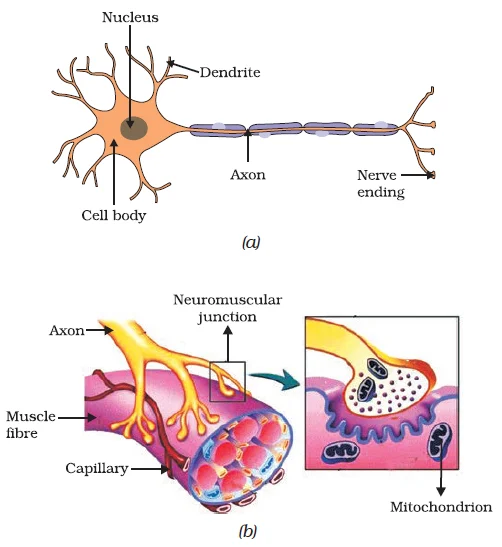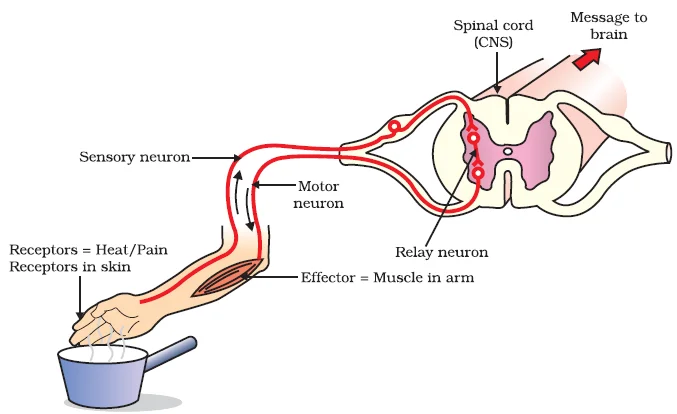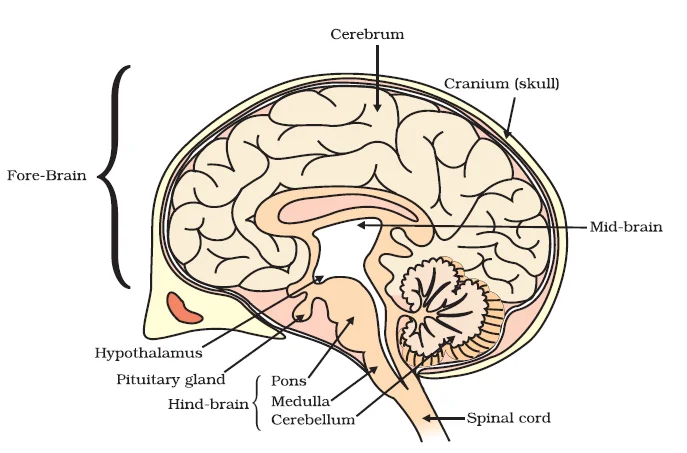![]() December 19, 2023
December 19, 2023
![]() 326
326
![]() 0
0
Animal Physiology and Environmental Response Systems
Control and coordination in animals involve intricate systems that manage physiological functions and respond to environmental stimuli.
Facilitating Control and Coordination:
Mechanisms of Nervous Impulse Transmission: From Information Acquisition to Synaptic Transmission
Structural Dynamics of Nervous Tissue: Neuronal Information Transmission

Neural Information Processing: The Coordinated Functionality of the Nervous System
Reflex Actions
Reflex Actions and Neural Efficiency: Rapid Responses in the Nervous System
Understanding the Reflex Arc and Its Evolutionary Significance in Rapid Responses

Neuroanatomy and Functional Complexity: the Intricacies of the Human Brain

Protection of Delicate Organs
Integration of Nervous Tissue and Muscle Function: Precision in Action
<div class="new-fform">
</div>

Latest Comments